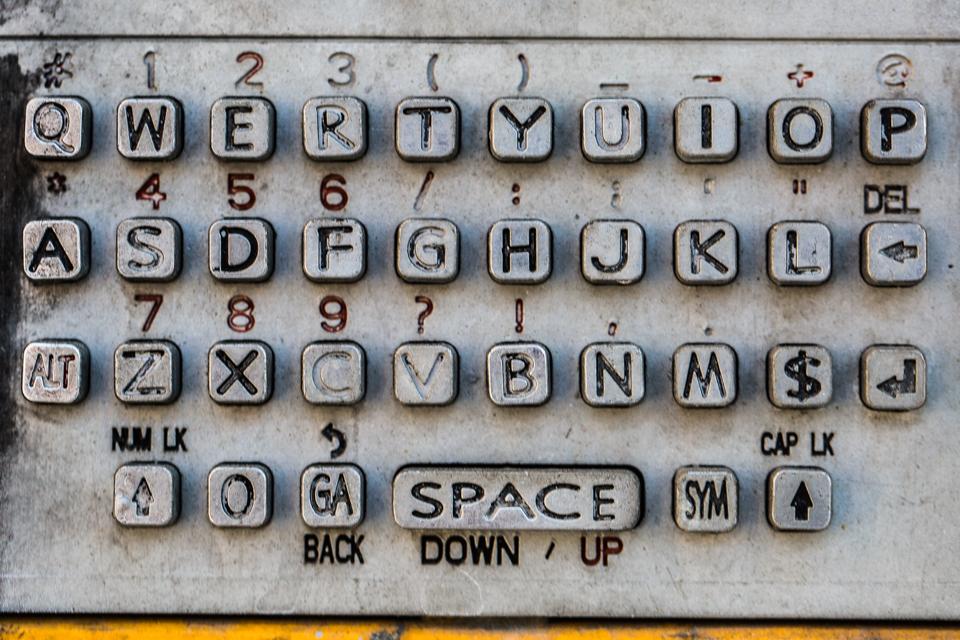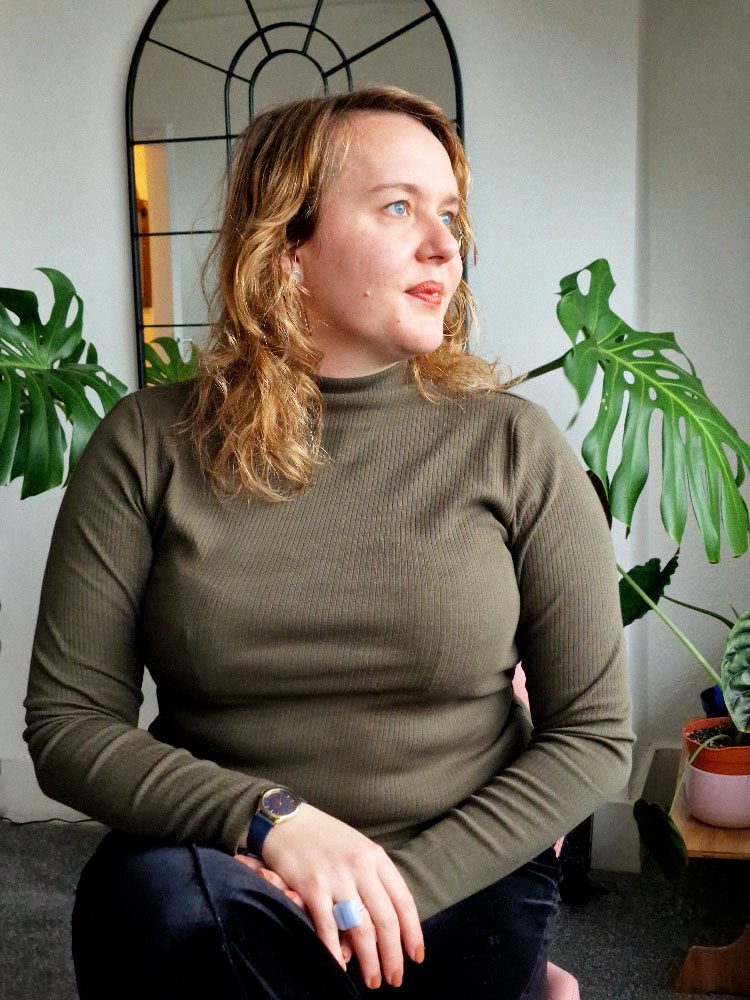
I love to explore other writers’ work and ideas: it helps me with my own copywriting.
Here is a roundup of some interesting articles I enjoyed reading in the past 12 months, covering everything from email marketing to emotional intelligence.
Happy reading!
Finding your first 1000 email subscribers
For a lot of people, finding those first 1000 email subscribers is the first big step on a long digital journey. It’s certainly a very stressful step. This one from Copyblogger is a good foundational article on building your first email list (a subscriber list is an absolute essential for most websites). Rather than a detailed tutorial, this article builds on three very simple ideas. Though building an email list in practice is not quite as simple as the article makes out, there are definitely some good points here on how to get started. I especially agree with the emphasis on specificity. Be specific with your email offering and bin the vague ‘newsletter’. It’s a great feeling when you start building out your community via email but don’t rush into it before you’re clear on your purpose. Having a clear purpose will help you create better email content. Link to the article again here.How to dominate your niche
This article has some interesting marketing insights; it goes beyond niche-specificity to the wider context of marketing with value. I like the ideas of re-learning, un-learning, and the importance of opening doors to new projects that this article promotes. It’s very easy to get stuck in a rut with your marketing, and I think it’s essential to be curious and keep your brand porous. As the article highlights, curiosity and a willingness to adapt can help you lead in your chosen niche. Continuity and way-finding beyond the ‘end’ is important, even if it means going beyond your own involvement. This is excellent advice for anybody who tends to get stuck in campaign-oriented thinking at the expense of brand continuity…30 landing page examples
There is nothing like a landing page to crystallise your offering. See it as an opportunity to ‘pitch’ your products and services in a short and snappy format. A few slightly odd examples are included in the Crazy Egg list here, but the overall analysis is good, and it never hurts to have some creative examples for inspiration. Discover different ways of creating instant value, how to hone in on your core messaging, and strip your offering down to user essentials. Even if you don’t think you need a landing page, the exercise of trying to create one can be fruitful. It’s well worth experimenting with yours.Digital marketing cornerstones: pro-tips
Moz is always great for foundational, clear, and easy-to-understand content, and this is article is no exception. It’s a roundup of marketing advice based on tweets. There are really great tips here for everyone. It never hurts to nail the fundamentals and get back to basics with your marketing. Some of the biggest brains in the biz will agree, like this insightful advice from Marie Haynes: I love the fact that these digital marketing tips from the pros come as succinct tweets: https://moz.com/blog/digital-marketing-cornerstones-tips-from-marketers. Clear advice is always appreciated.10 great diversity statement examples
You’ve probably read a fair share of poorly written and confusing diversity statements. Diversity is often spoken about in jargon-filled and obscure language. Talking about diversity is important, but it isn’t always easy. These great examples give you plenty of food for thought. I especially applaud the emphasis on simple and clear prose. Words matter and these diversity statements are about putting your money where your mouth is.A good rule of thumb is that the more specific you are the more candidates will trust you.
Teams as company culture building blocks
Some great thoughts in this article on teams as the building blocks of a healthy company culture. Your team is what keeps you accountable.“Teams should be exploring and therefore creating ever-changing cultures through new people, technologies and altering sociological dynamics.”Change can be scary, but my experience of change at organisations has been positive. I have found getting better at asking uncomfortable questions (especially the ones you are dreading/the ones that play on your mind the most), is a good place to start as a leader. Don’t be afraid of change: be afraid when you and your organisation stop evolving and being able to cope with change.
Diversity in publishing
This article from Forbes is very thought-provoking and its conclusions are sad (if not shocking):“In other words, the field is just as White today as it was four years ago.” “In short, the book publishing industry might shape culture, but it doesn’t reflect our cultural diversity.”The lack of diversity in publishing is a problem and it’s 100% holding the industry back. This year we’ve seen plenty of examples of why publishing needs to deal with its diversity problem (American Dirt anyone?). Articles like this highlight how far we still have to go…
How company retreats have evolve
Company retreats have been a big part of the corporate world for a while now, and many startups are also adopting the (slightly revised) company retreat format.“We started realizing how big of a deal it is for the people in the company. This isn’t about the product meeting. The best part of it is everybody coming together.”Retreats are great for connecting with the bigger picture as this quote from Workable CEO Nikos shows:
Nikos emphasized the power of bringing everyone together to the same table for a few days. At the summit, he says a lot of people think: “Today, I’m going to stop worrying about what happens next week. I’m going to think about what happens a year from now. And I’m going to do that together with other people who I’m hoping will be with me a year from now.Especially for remote teams, a face-to-face meeting can be hugely motivating and essential for creating a coherent company mission.
Morning larks vs. night owls: the science
I find the obsession with waking up early in the morning and being productive frustrating, so I was pleased to find an article that looked into the science behind it all in a bit more detail. It’s a pretty complicated matter but it turns out we could all benefit from more flexibility:“So there are clear benefits to matching someone’s chronotype with that person’s lifestyle, but the occasional mismatch isn’t the end of the world. It might even brew some creativity, according to a 2011 study by psychologists Mareike Wieth and Rose Zacks.”Personally, I have embraced my ‘evening owl’ self and my working days often look something like this:
- 1-2 hours of ‘urgent’ actions when I first wake (bleary-eyed, but happy to eat some frogs; this is not usually crazy early)
- Morning/early afternoon is for travel, talking, meetings, syncing up (chatting)
- Afternoons are for meetings; early evenings for leisure (socialising, food, ideation)
- Later on in the evening, 2-3 hours of more work (concentration/creative).
Why offices should scrap clean desk policies
Another pet peeve: the current obsession with tidy desks. Though a tidy desk is often quoted as the best way to keep data secure, I do agree with the superficiality of fetishing neatness:“It is one thing to sharpen and straighten all the pencils on one’s own desk, metaphorically or otherwise. To order someone else to sharpen and straighten the pencils on their own desk displays a curious value system in which superficial neatness is worth the price of deep resentment.”As a creative, I like my creative chaos and I need it in order to be able to thrive.
How to use emotional intelligence at work
Emotional intelligence is incredibly important, and it’s a skill we could all cultivate more. Especially at work, being good with people and being able to support them is paramount. It helps you build relationships and succeed as a colleague and a leader.“People are by nature emotional creatures, but only the emotionally intelligent can recognize emotions—both their own and that of others—and work with them to reach the best possible outcome for everyone. Within the chamber of emotional intelligence lies opportunities to succeed personally and professionally.”Anybody in a leadership role needs to understand people on an emotional level and must also be able to make the most of their own emotions as well.
How to write well: timeless rules
Learn from the master of copywriting himself (David Ogilvy). This article has some great tips for writers taken from David Ogilvy and straight from the ad agency heydays.“As a writer, you have only a small window to capture attention. Don’t narrow it even more by using obscure words.”To be honest, a lot of the tips and ideas are pretty foundational; you have probably seen or heard them before in some form or the other, but it’s good to be reminded of the basics from time to time. HubSpot is always a great place for great content: it is definitely worth visiting their blog from time to time.
How to write for your bot
The Writer has some amazing content, and this playful article on chatbot copywriting is no exception. The article also includes some useful and tangible examples of good chatbots in action. I love the emphasis on finding the right tone and being conversational:“It’s all in your language. Find the right tone for your bot – and make it a master conversationalist – and you’ll save your customers from banging their heads against their screens.”Chatbots are amazing customer service and marketing tools, but they can easily become a hindrance if the chatbot communicates in poor quality copy.
How to run a creative ideation workshop
Ideas are the lifeblood of a creative agency, but anyone who has tried to use ideation knows that it can easily run wild and get out of hand. Structured workshops are one way to bring more method to the madness and make sure that creativity is being harnessed in the right way. This article from CoSchedule has some great tips on things like structured and rapid ideation. But don’t make your processes so rigid that they suck out all the creative energy: make sure you maintain balance in all things!How to create a culture of writing
“Although writing is a deeply personal and often emotional act, publishing is a team sport”^^ wise words from Gregory Ciotti, an amazing writer whose work I have followed for years. This article is part of a series on how to create a culture of writing and it is well worth a read. His advice is really insightful and peppered with actionable advice for teams looking to light up their content strategy. I especially like the emphasis on embedding culture into content marketing: an important aspect that is often overlooked.
When small teams trump large ones
This is an in-depth article on how the size of a team impacts innovation. There are some interesting insights here:“We found that while large teams do indeed advance and develop science, small teams are critical for disrupting it—a finding with broad implications for science and innovation.”I especially like the article’s conclusion:
“Figuring out the right team size for the job may be the first question for tomorrow’s leaders to answer to unlock the potential of their enterprises.”Sometimes smaller teams can be more flexible and innovative.
How to share your story without being self-indulgent
Another good article from Copyblogger. This is a really important topic as it’s paramount to be genuine and share your story, but it can also be hard to stop the personal from becoming embarrassing to read and self-indulgent.“It’s valuable when you explain how you got to where you are today and your motivations for sharing your knowledge. Why do you want to teach what you’ve learned?”There are some great tips here on how to balance backstory with value and not bore your audience in the process. Read more here. Reading good content online is a great way to get ideas for your own writing. I love getting inspired by other writers.







